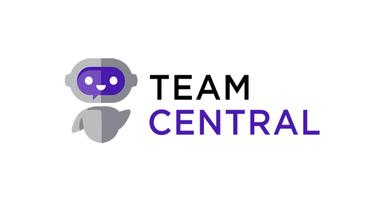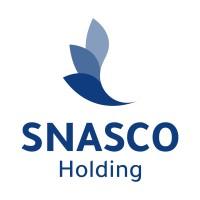US Lifts Chip Software Export Ban Amid Renewed Trade Cooperation with China

In a significant step toward de-escalating trade tensions, the US administration under President Donald Trump has rescinded restrictions on the export of chip design software to China. The move comes as part of efforts by Washington and Beijing to revive cooperation and implement the London trade agreement formalized last week. The restrictions, imposed in May, targeted key Electronic Design Automation (EDA) tools used in semiconductor manufacturing.
All three leading providers of EDA software—Synopsys, Cadence, and Siemens—confirmed receiving notifications from the US Commerce Department that the restrictions had been officially lifted. These companies control nearly 70% of the Chinese EDA market, making the ban a serious hurdle for China’s chip-making capabilities.
Background: Trade War and Retaliation
The initial restrictions came as a countermeasure to China’s clampdown on rare earth exports earlier this year. Rare earths are vital in manufacturing electronics, electric vehicles, and military hardware. Despite a 90-day trade truce following May's Geneva talks, China had not eased those export controls, prompting the US to respond with curbs on chip design tools, ethane, and jet engine technologies.
However, recent negotiations in London led to a new framework. Under this agreement, the US agreed to ease its export bans, while China committed to reviewing and processing rare earth export licenses more efficiently.
Companies Resume Exports and Services
Cadence and Siemens confirmed to CNN that export restrictions were no longer applicable. Synopsys also stated that a previous Commerce Department directive had been revoked. The companies are now restoring access to the previously restricted software and tools for Chinese customers.
Siemens has already resumed full access, sales, and support. Synopsys is currently assessing the broader impact of these developments on its business operations.
Impact on China’s Chip Industry
The ban on EDA software had significant implications for China’s semiconductor sector. Experts noted that access to these tools is critical for developing new-generation microchips. The restrictions had threatened to stifle innovation and delay production, particularly as China seeks to reduce its reliance on foreign technology in sensitive sectors like defense and artificial intelligence.
EDA software is the backbone of chip development, and with these tools back in play, Chinese firms may regain momentum—albeit under close scrutiny from global regulators.
Beyond Chips: Ethane and Jet Engines
In tandem with the chip software development, the US has also lifted export restrictions on ethane and jet engines. Ethane, primarily used in plastic manufacturing, accounted for nearly 50% of US exports to China last year. Jet engine manufacturers, including GE Aerospace, have reportedly been informed to resume shipments to Chinese clients, according to Reuters.
These relaxations mark an important shift in bilateral trade, though tariffs remain a contentious issue.
Tariffs and the Road Ahead
Despite progress, both countries continue to maintain steep tariffs. The US currently imposes tariffs averaging 55% on Chinese imports, including a 10% “reciprocal” tariff and additional levies related to fentanyl trade concerns. China, in turn, is maintaining a 10% tariff rate on US goods, though it remains unclear whether that includes all duties imposed since April.
The current truce is set to expire in August, leaving questions about the longevity of this fragile cooperation. Nonetheless, both nations have expressed a willingness to continue dialogue.
Conclusion: Cooperation Over Coercion
China’s Commerce Ministry emphasized that mutual cooperation is the only path forward. “Dialogue and cooperation are the proper way forward, while coercion and extortion lead nowhere,” a spokesperson said. As both nations inch toward economic alignment, the success of the London framework may depend on sustained political will—on both sides of the Pacific.
Business News
Bring Your Own Device: Meaning and Financial Advantages
Making Weather Programmable: How Retrospective Climate Data Fits into Modern Tech Stacks
How Fashionphile Founder Built a Luxury Resale Empire from eBay to Millions
How Executives Can De-Risk Payment Operations in Regulated Industries
Why Your Engine Air Filter Plays a Bigger Role Than You Think




















